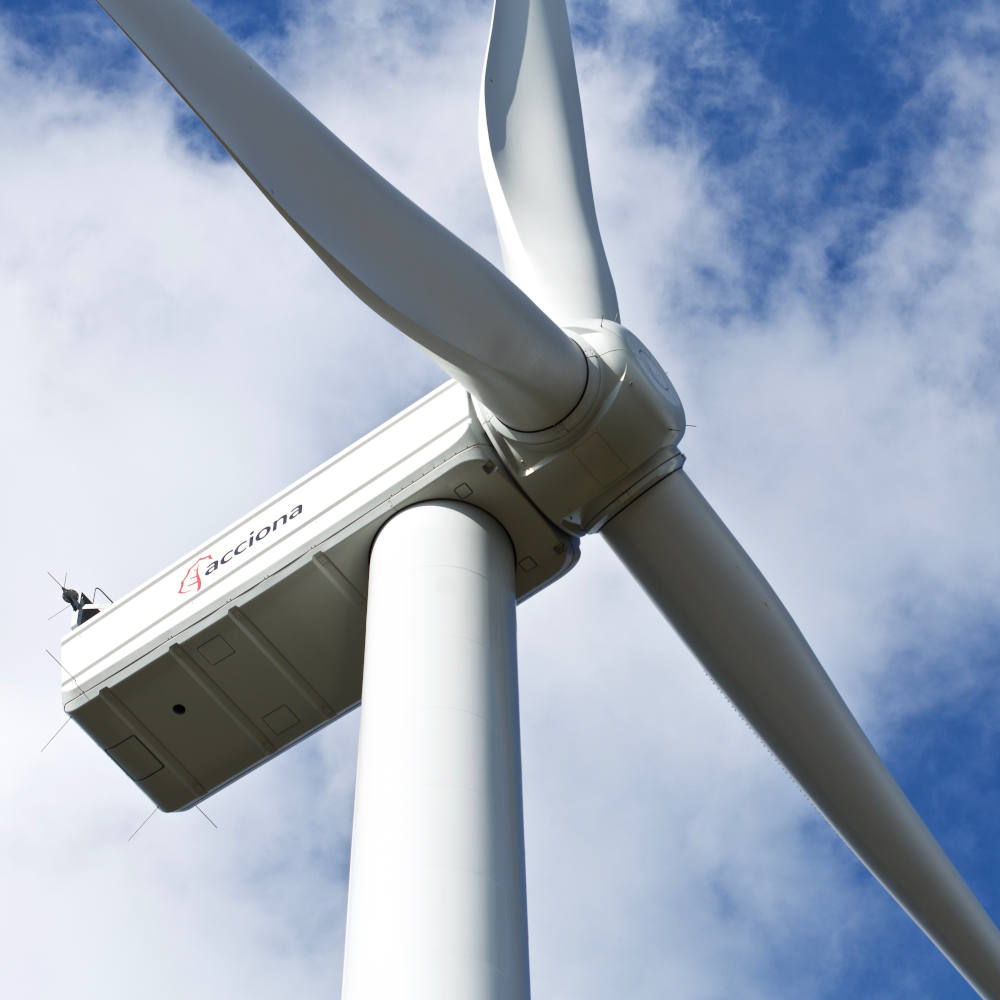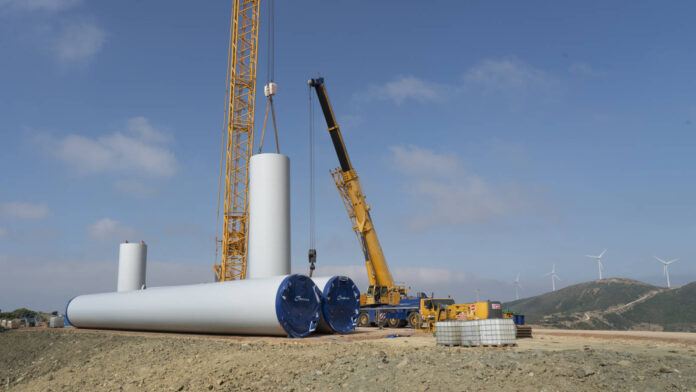In the animal kingdom, creatures like lobsters regularly shed their exoskeletons as they grow. Similarly, snakes shed their skin as they age. Wind energy has undergone a comparable transformation over the past few decades, both in terms of total energy production and the performance of wind turbines. As turbines have increased in size and power, wind energy has essentially been “shedding its skin.” This process of adapting wind farms to accommodate the latest generation of machines is known as repowering, and in this article, we will break down everything you need to know.
In this article you will find the following topics:
What is wind repowering?
Simply put, repowering involves replacing existing wind turbines at a wind farm with more advanced models that are larger and more powerful, typically after a certain period of time has passed since the initial installation. The concept of repowering is gaining traction as wind farms age and wind turbine technology continues to make significant leaps forward since the first installations in the 1980s.
If Moore’s Law applies to microchips—where the number of transistors doubles every two years—wind turbines follow a similar trend. Every five years, they increase in power, size, and height by 50% to 100%. For example, while a standard wind turbine in 1980 produced 50 kW with a diameter of 15 meters and a height of 24 meters, today’s latest-generation turbines can generate up to 20 MW, with diameters of 200 meters and heights reaching 250 meters.
Beyond just power, modern wind turbines benefit from better materials, more advanced electronics, and improved aerodynamics, leading to greater efficiency. But when is the best time to upgrade a wind farm?

The best candidates for repowering
Several factors should be considered when deciding to repower, beyond just legal aspects such as regulatory changes:
- Age of wind turbines: Typically, a wind turbine has a useful life of 25 to 30 years, but it isn’t always necessary to wait until the end of this life cycle to consider repowering. In many cases, turbines have been fully amortized after ten years, making it more logical to replace them with newer, more advanced machines.
- Capacity and efficiency: If existing turbines have low power or efficiency compared to current technologies, repowering can significantly boost energy production. Generally, this applies to turbines with a capacity of less than 750 kW.
- Location and site conditions. Wind farms located in areas with optimal wind conditions can benefit greatly from installing more modern turbines. Typically, the first wind farms in a country are in the best locations, making them ideal candidates for repowering.
Overall, the most suitable countries for this strategy are those with older wind turbine fleets. In Europe, Denmark, Spain, and Portugal are prime examples, with average turbine ages exceeding twelve years. Repowering is already a fairly common practice across Europe, where 170 wind farms have been repowered to date.
Ten advantages of repowering
Considering the points above, the benefits of repowering are clear. Here are the top ten advantages:
- More energy production using the same or less land area, thanks to the introduction of new machines.
- Increased energy output with fewer turbines, due to higher power and better aerodynamics.
- Improved grid integration, as new systems are better suited to current requirements.
- Reduced visual impact with fewer turbines.
- Lower maintenance costs with the installation of more modern units.
- Faster payback periods for modern turbines, thanks to their higher efficiency.
- Reduced environmental impact by utilizing existing access routes and infrastructure.
- Lower installation costs compared to building a new farm, by leveraging existing infrastructure.
- Creation of local jobs in installation and maintenance.
- Progress toward decarbonization goals without the need for additional land dedicated to renewable energy.
A real case: El Cabrito
A real-world example from Spain—one of the first countries to embrace wind energy—illustrates the impact of repowering. Several Spanish wind farms have now reached 25 years of operation, demonstrating the significant benefits that repowering can bring.
El Cabrito, an ACCIONA wind farm in Cadiz province, is a prime example. Operating for 24 years, its original setup included 90 turbines, each with a capacity of 330 kW, totaling 29.7 MW. After repowering, the number of turbines was reduced to twelve, consisting of eight 3 MW models and four 1.5 MW models from Nordex-ACCIONA Windpower. The repowering also introduced several key improvements:
-
- Removal of 3.4 kilometers of access roads and 31 transformer sheds, restoring a total of 24,000 m² of land.
- Enhanced environmental conditions due to reduced visual and noise impact from fewer turbines.
- Easier passage for birds, thanks to the increased spacing between turbines and slower blade rotation speeds.
- A modest increase in capacity from 29.7 to 30 MW, but with a significant 16% improvement in efficiency.
Additionally, the El Cabrito repowering project made use of the existing transformer substation and power line infrastructure.
Repowering is just one way renewable energy efficiency is improving. Another strategy is hybridization, combining wind and photovoltaic farms in a single space, as explored in this article.
-
Source:




